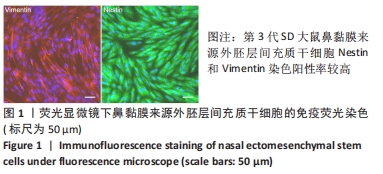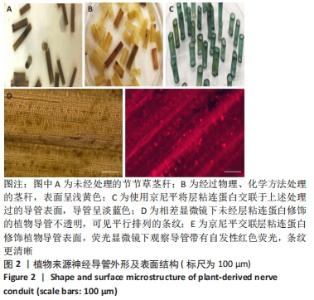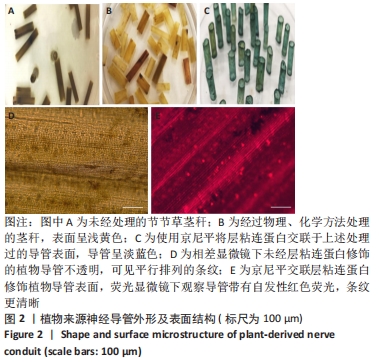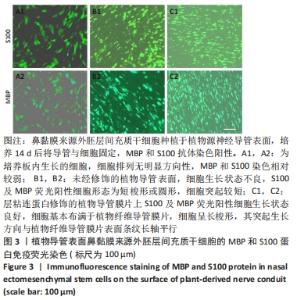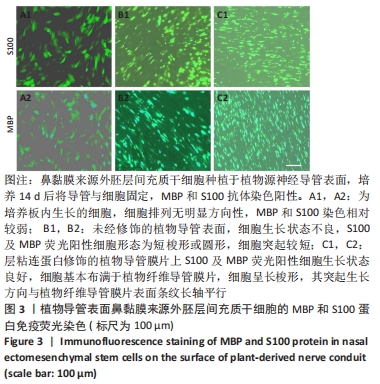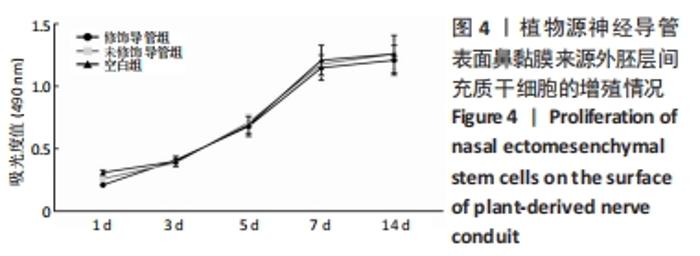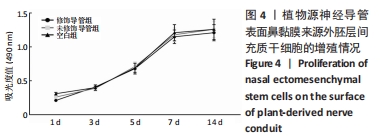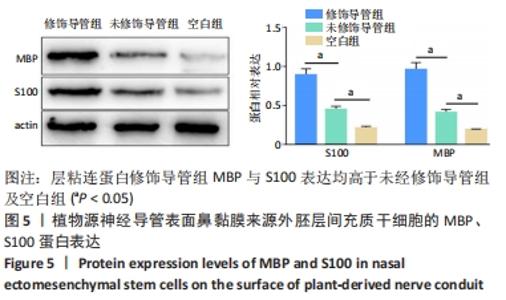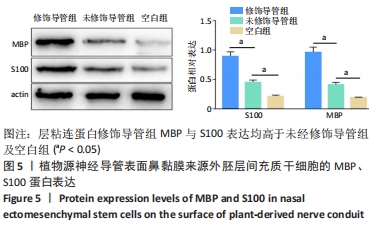[1] GORDON T. Peripheral Nerve Regeneration and Muscle Reinnervation. Int J Mol Sci. 2020;21(22):8652.
[2] WANG ML, RIVLIN M, GRAHAM JG, et al. Peripheral nerve injury, scarring, and recovery. Connect Tissue Res. 2019;60(1):3-9.
[3] BERIS A, GKIATAS I, GELALIS I, et al. Current concepts in peripheral nerve surgery. Eur J Orthop Surg Traumatol. 2019;29(2):263-269.
[4] BASSILIOS HABRE S, BOND G, JING XL, et al. The Surgical Management of Nerve Gaps: Present and Future. Ann Plast Surg. 2018;80(3):252-261.
[5] TREHAN SK, MODEL Z, LEE SK. Nerve Repair and Nerve Grafting. Hand Clin. 2016; 32(2):119-125.
[6] GRINSELL D, KEATING CP. Peripheral nerve reconstruction after injury: a review of clinical and experimental therapies. Biomed Res Int. 2014;2014:698256.
[7] KUBIAK CA, KUNG TA, BROWN DL, et al. State-of-the-Art Techniques in Treating Peripheral Nerve Injury. Plast Reconstr Surg. 2018;141(3):702-710.
[8] DE RUITER GC, SPINNER RJ, YASZEMSKI MJ, et al. Nerve tubes for peripheral nerve repair. Neurosurg Clin N Am. 2009;20(1):91-105.
[9] WANG W, DEGRUGILLIER L, TREMP M, et al. Nerve Repair With Fibrin Nerve Conduit and Modified Suture Placement. Anat Rec (Hoboken). 2018;301(10):1690-1696.
[10] 黄丹娜,莫单丹,周小雷.节节草的研究进展[J].广西中医药,2018,41(3):78-80.
[11] FONTANA G, GERSHLAK J, ADAMSKI M, et al. Biofunctionalized Plants as Diverse Biomaterials for Human Cell Culture. Adv Healthc Mater. 2017;6(8):10.
[12] DENG W, SHAO F, HE Q, et al. EMSCs Build an All-in-One Niche via Cell-Cell Lipid Raft Assembly for Promoted Neuronal but Suppressed Astroglial Differentiation of Neural Stem Cells. Adv Mater. 2019;31(10):e1806861.
[13] FORNI PE, WRAY S. Neural crest and olfactory system: new prospective. Mol Neurobiol. 2012;46(2):349-360.
[14] ZHANG J, GAO X, ZOU H, et al. Rat Nasal Respiratory Mucosa-Derived Ectomesenchymal Stem Cells Differentiate into Schwann-Like Cells Promoting the Differentiation of PC12 Cells and Forming Myelin In Vitro. Stem Cells Int. 2015;2015:328957.
[15] VERON AD, BIENBOIRE-FROSINI C, FERON F, et al. Isolation and characterization of olfactory ecto-mesenchymal stem cells from eight mammalian genera. BMC Vet Res. 2018;14(1):17.
[16] 丁志,杨松林.间充质干细胞生物字特性及其分化潜能[J].中国组织工程研究, 2011,15(1):147-150.
[17] SAÏD Z, PAULINE C, CLAIRE B, et al. Olfactory Ecto-Mesenchymal Stem Cells in Laryngeal Nerve Regeneration in Rats. J Voice. 2019:S0892-1997(19)30193-6.
[18] SALEHI M, BAGHER Z, KAMRAVA SK, et al. Alginate/chitosan hydrogel containing olfactory ectomesenchymal stem cells for sciatic nerve tissue engineering. J Cell Physiol. 2019 Jan 31. doi: 10.1002/jcp.28183.
[19] 潘朝晖,栾兆新,高朋.两种交联剂对β-磷酸三钙明胶复合骨支架理化及生物学性能影响的比较[J].中国组织工程研究,2018,22(6):833-839.
[20] TOBA T, NAKAMURA T, SHIMIZU Y, et al. Regeneration of canine peroneal nerve with the use of a polyglycolic acid-collagen tube filled with laminin-soaked collagen sponge: a comparative study of collagen sponge and collagen fibers as filling materials for nerve conduits. J Biomed Mater Res. 2001;58(6):622-630.
[21] YAO Y. Laminin: loss-of-function studies. Cell Mol Life Sci. 2017;74(6):1095-1115.
[22] VIJAYAVENKATARAMAN S. Nerve guide conduits for peripheral nerve injury repair: A review on design, materials and fabrication methods. Acta Biomater. 2020;106:54-69.
[23] FORNASARI BE, CARTA G, GAMBAROTTA G, et al. Natural-Based Biomaterials for Peripheral Nerve Injury Repair. Front Bioeng Biotechnol. 2020;8:554257.
[24] HOUSHYAR S, BHATTACHARYYA A, SHANKS R. Peripheral Nerve Conduit: Materials and Structures. ACS Chem Neurosci. 2019;10(8):3349-3365.
[25] KOH HS, YONG T, TEO WE, et al. In vivo study of novel nanofibrous intra-luminal guidance channels to promote nerve regeneration. J Neural Eng. 2010;7(4):046003.
[26] 卓毅,段答,葛丽特,等.人鼻黏膜间充质干细胞生物学特性与自体鼻黏膜间充质干细胞移植治疗脊髓损伤[J].中国组织工程研究,2017,21(29):4666-4672.
[27] LE DOUARIN NM, DUPIN E. Multipotentiality of the neural crest. Curr Opin Genet Dev. 2003;13(5):529-536.
[28] DUPIN E, SOMMER L. Neural crest progenitors and stem cells: from early development to adulthood. Dev Biol. 2012;366(1):83-95.
[29] 史文涛,戴瑶,毕士奇,等.氯倍他索促进鼻粘膜间充质干细胞成神经样细胞分化[J].神经损伤与功能重建,2019,14(1):1-5.
[30] BAS E, VAN DE WATER TR, Lumbreras V, et al. Adult human nasal mesenchymal-like stem cells restore cochlear spiral ganglion neurons after experimental lesion. Stem Cells Dev. 2014;23(5):502-514.
[31] SHI W, QUE Y, LV D, et al. Overexpression of TG2 enhances the differentiation of ectomesenchymal stem cells into neuron‑like cells and promotes functional recovery in adult rats following spinal cord injury. Mol Med Rep. 2019;20(3):2763-2773.
[32] SRINIVASAN A, CHANG SY, ZHANG S, et al. Substrate stiffness modulates the multipotency of human neural crest derived ectomesenchymal stem cells via CD44 mediated PDGFR signaling. Biomaterials. 2018;167:153-167.
|

